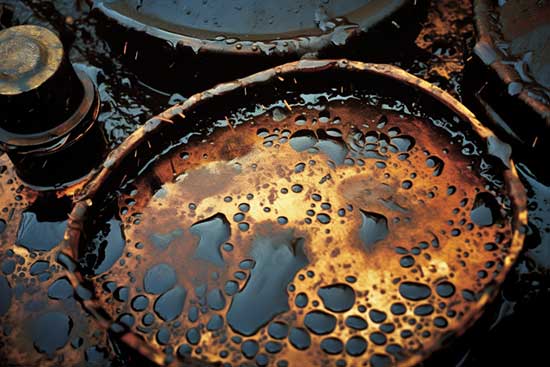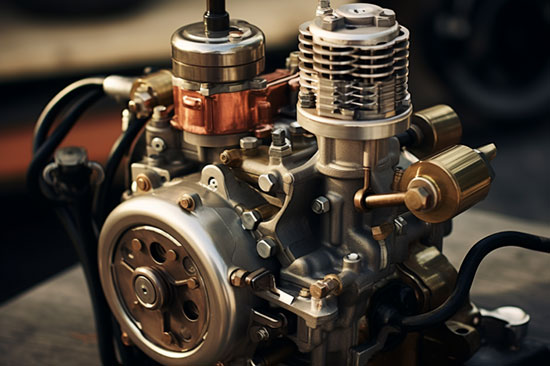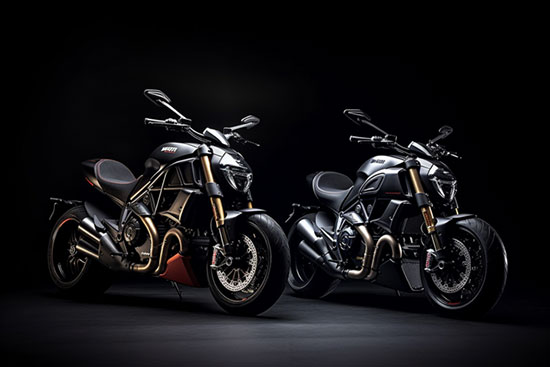A motorcycle clutch is an essential part of your bike’s transmission system. It allows you to change gears smoothly and maintain control over your bike’s speed. We’ll look at the components of a clutch system and how it works.
Components of a Clutch System
The main parts of a motorcycle clutch system include:
- Clutch lever
- Clutch cable
- Clutch springs
- Clutch plates (friction and steel plates)
- Clutch basket
How a Motorcycle Clutch Works
When you pull the clutch lever, the clutch cable pulls the clutch springs, disengaging the clutch plates.
This allows you to shift gears without damaging the transmission. Releasing the lever re-engages the plates, transferring power from the engine to the rear wheel.
Contents
Causes of a Hard Motorcycle Clutch
A hard motorcycle clutch can be frustrating and even dangerous. Here are some common causes of a stiff clutch:
Incorrect Clutch Cable Adjustment
A misadjusted clutch cable may cause the clutch to feel hard. If the cable is too tight or too loose, it can affect the clutch’s performance.
Damaged Clutch Springs
Clutch springs can become worn or damaged over time, making it harder to disengage the clutch plates.
Worn Clutch Plates
Clutch plates can wear down with use, causing them to stick together and making it difficult to disengage the clutch.
Poor Quality Lubrication
Using the wrong type of lubrication or not maintaining the proper level of lubrication can cause the clutch to feel hard.
How to Fix a Hard Motorcycle Clutch
Fixing a hard clutch often involves addressing one or more of the above issues:
Adjusting the Clutch Cable
Check your motorcycle’s owner’s manual for the proper clutch cable adjustment. Adjust the cable as needed to ensure smooth operation.
Inspecting and Replacing Clutch Springs
Check your clutch springs for signs of wear or damage. If necessary, replace them with new springs to improve clutch performance.
Checking and Replacing Clutch Plates
Inspect your clutch plates for wear and replace them if necessary. Replacing worn plates can restore your clutch’s performance.
Choosing the Right Lubrication
Ensure you’re using the correct type of lubrication for your motorcycle and maintaining the proper level. Consult your owner’s manual for guidance on the appropriate lubricant for your bike.
Preventing Future Hard Clutch Issues
To prevent future problems with a hard motorcycle clutch, follow these tips:
Regular Maintenance
Perform regular maintenance on your motorcycle, including checking and adjusting the clutch cable, inspecting clutch springs and plates, and maintaining proper lubrication.
Following the maintenance schedule outlined in your owner’s manual will help keep your clutch in optimal condition.
Recognizing Warning Signs
Pay attention to any changes in your motorcycle’s clutch performance. If you notice it becoming harder to pull or if gear shifting becomes difficult, address the issue as soon as possible to prevent further damage.
Conclusion
A hard motorcycle clutch can be caused by a variety of issues, such as incorrect clutch cable adjustment, damaged clutch springs, worn clutch plates, or poor-quality lubrication.
By addressing these issues and maintaining regular maintenance, you can prevent future problems and ensure smooth and safe riding.






